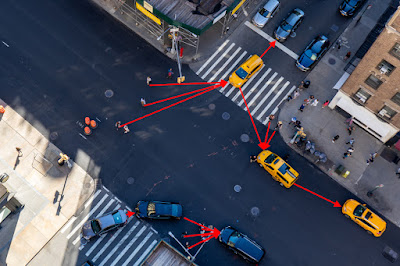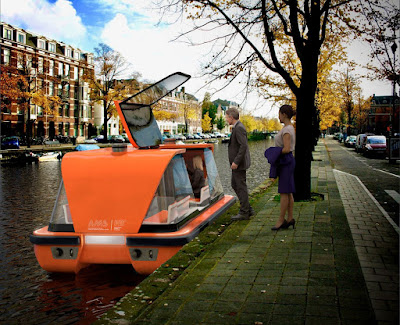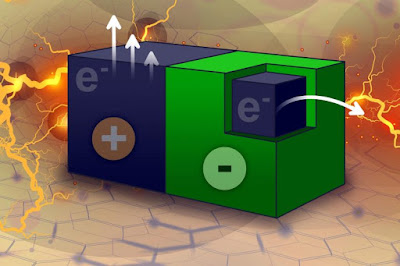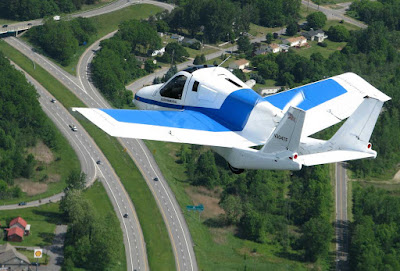MIT's Breakthru AI Self Driving System

AI System That Real-Time Forecasts Motion Around the Car Source: MIT M21 Appears to be Most Accurate Autonomous Driving System The next big thing in the automotive world is likely to be the spreading use of autonomous cars and trucks. On the streets of Beijing, Chinese tech/AI company Baidu and California based autonomous car company Pony.AI have become the first robotaxi service in China to operate without backup human drivers. In the US, Alphabet's Waymo and GM's Cruise are also operating without human drivers in San Francisco and Arizona. The key to safety is the car's ability to predict the next movements of vehicles and people simultaneously around the vehicle. Researchers at MIT may have a breakthrough system. They have developed a new machine-learning system called M21 that helps driverless car












